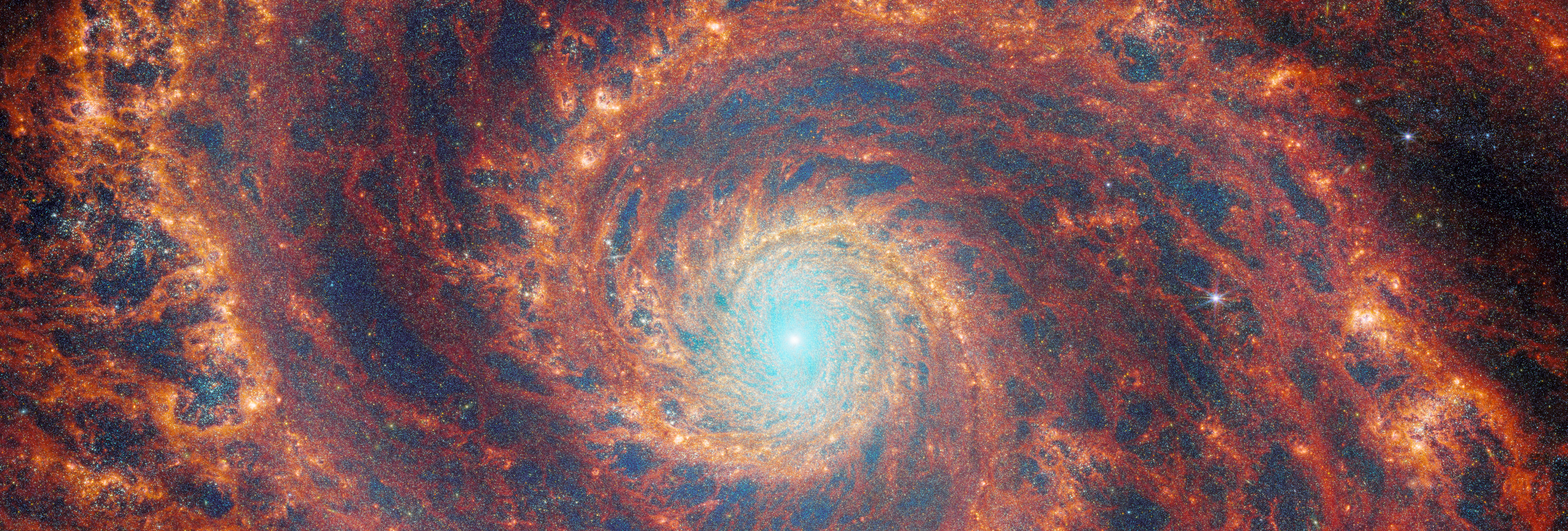Every time word gets out of another athlete on steroids, there is a huge uproar. How could they be such cowards? How could they disrespect the spirit of honorable competition? How could they cheat like that? Inevitably, there’s talk of tightening rules, of increasing screening, of rooting out and punishing those who would seek some unfair advantage over their colleagues.
But that’s the Twentieth-Century talking: if you don’t like it, ban it. Wouldn’t a more sophisticated approach try to get at the psychology of cheating, rather than wage an endless, escalating war against it? What if there were a way to allow the use of performance-enhancing drugs and devices — without impinging on the purity of traditional sports?
It is from such thoughts that the idea of the Transhuman Olympics arises. The Transhuman Olympics (T.O.) would lift the restrictions on mechanical, pharmaceutical, and biological augmentations to performance. Within the limits described below, athletes would be free to use a range of means to enhance their natural abilities. Not only would this remove some of the incentive for athletes in traditional sports to engage in doping, it would create a whole new category of human excellence.
THE RULES
The T.O. would not be a free-for-all. Just like the regular Olympics, there would be specific sports and categories, each with its own regulations. Most events would probably encourage and allow only specific augmentations — steroids, stimulants, nanotechnology, perhaps in specific parts of the body. Compound sports like a decathlon might allow several enhancements. And there could even be a place where different augmentations could be pitted against one another (say, strength versus speed).
Certain rules would apply to the application of these techniques:
- Any augmentation must be declared.
- Any augmentation would be performed with medical consultation and supervision.
- Augmentation would have to be certified by a governing body. This body would produce standards which would guide athletes and their medical supervisors in the development of an augmented physique.
- No augmentation would be allowed which posed a risk to other athletes, staff or spectators, beyond the inherent risks of physical competition. Athletes would be informed of any risks to themselves as part of their medical supervision, in accordance with T.O. standards.
THE GAMES
At first, the Transhuman Olympics might be modeled on the traditional Olympics. A separate set of world records would be created to parallel the traditional records. Growth hormones and cognition enhancers would probably be the primary boosts used at first. Smart fabrics and nanotechnology just now becoming available could also play a role. Imagine a wrestling match between two steroidal hulks, or a discus throw which dwarfed any standing record. Imagine a long jump with bionically-enhanced legs, feet and knees. Archery and riflery could benefit from cognition and eyesight enhancements. And runners could reach speeds and distances previously unheard of.
As the augmentation technology evolved, completely new events might emerge. Genetic engineering and nanotech could blow open the possibilities of what the body could become. Some games might become more primal and animalistic — more smashing, throwing, pulling and lifting than ever before. Others could reach new heights of delicacy and refinement. Gymnastics with extra limbs or cat genes? Floor exercises by strong but freakishly-light bodies? This open-endedness is implicit in the Transhuman ideal, and would be built into the Games’ governing structure.
THE TECHNOLOGY AND PROFIT
In addition to redefining what it means to be Human, the T.O. would offer an enormous incentive to develop augmentation and related technologies. This in turn could have spinoffs into medicine, manufacturing, and other areas. It would create a burst of innovation, while at the same time creating a whole new market for extreme entertainment. No doubt people the world over would be fascinated by the spectacle of augmented humans at peak performance.
WHAT ABOUT THE REGULAR OLYMPICS?
The idea of the Transhuman Olympics will not sit well with many at first. It is important that the traditional “Human” Olympics be maintained in its current form. In fact, it might be that the traditional Olympics becomes even more traditional, reversing recent decisions to allow hi-tech accessories like low-resistance swimsuits, requiring that their use be restricted to the T.O. The Human Olympics would remain a showcase for the biological limits of human excellence. The T.O. would expand the context in which all performance is measured.
CONCLUSION
But will it help with cheating? As long as there is a prize to be won, there will likely be cheating. The T.O. is not proposed simply to address this one issue. But it is hoped that by allowing an outlet for mankind’s natural desire to self-transcend, the T.O. will relieve pressure on traditional athletes to dope. And in the process, we could come together as a species to find out what we are truly capable of becoming.
POSTSCRIPT: I am apparently not the first person to think of this. A Google search for “transhuman olympics” revealed some discussion in the past few years. Although it occurred to me independently, clearly this is an idea whose time is coming.



